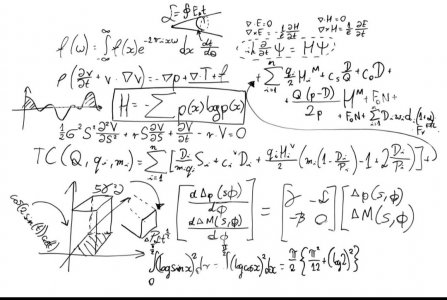slow-poke
Ultra Member
I'm tweaking the Gibs on my knee mill. I'm using a 0.01mm indicator on the end of the table and it's basically not moving with serious heave-ho torque applied so really no slop at all. I temporarily attached a manual hand-wheel and it turns freely end to end (measured at 7-10 inch-lbs).
Turns freely is a subjective term, lacking experience I prefer an actual measurable range.
Can anyone provide a reasonable torque range to aim for?
Turns freely is a subjective term, lacking experience I prefer an actual measurable range.
Can anyone provide a reasonable torque range to aim for?

